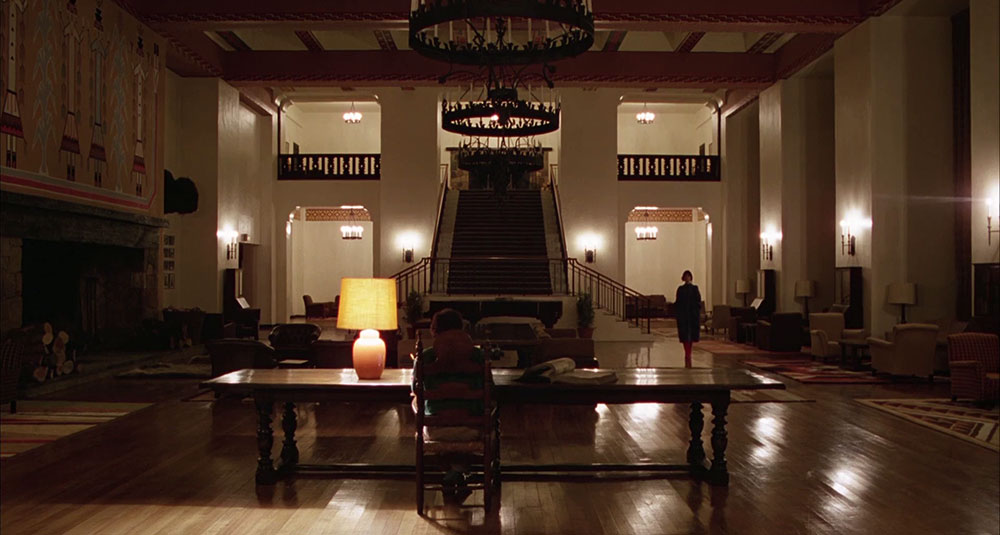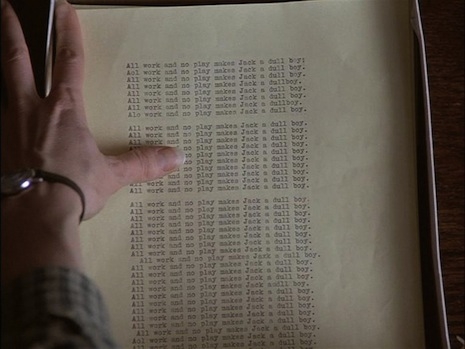Visual Focused
On and behind the big screen.
Film...
There's much more to it than just recording. Each and every film utilizes the conventions to make the most intriguing, exiting and best possible scene's. Lets talk about the different conventions first before we analyse.
ASTHETICS
This is purely about the elements that the director and crew portray on the screen and which mood it conveys to the audience through visual communication.
SPACE AND COMPOSITION
The way objects and characters alike are shot and how these slight adjustments effect the scene.
ACTING
The task of portraying a character on screen and being able to manipulate their emotions to suit a certain character.
TECHNICAL ASPECTS
How the equipment is used in a scene, this could be the use of cinematography/ choice of angle etc.
SOUND
The way SFX can enhance a scene's atmosphere, tone and to emphasis characters actions.
EDITING
The style of editing includes how the clips are cut together and how the style can effect the mood.
NARRATIVE
How the story unravels and key plot moments.
REPRESENTATION
The mirroring of certain traits, for example stereotypes, social issues and communities etc.
These are brief and simple explanations of each convention, More in depth look will be in the film scene analyse.
SCENE 1- The Shining "Bat" scene
First let's do a little overview of the scene here. This takes place roughly 3/4's the way through Stanley Kubricks infamous 1980 picture "The Shining".
Wendy Torrance has discovered her husband Jack is a lot more mentally unstable as she first thought as he approaches her in a menacing manner.
Aesthetics'-
At first glance, the scene is lit very brightly using natural light and this gives a stark contrast between the somewhat normal looking location to the incredibly dark undertone.
A subtle detail I spotted while watching is the attention to detail in the clothing. Wendy is dressed in the colour green while Jack is drenched in red, The connotations to green and red are polar opposites... Green signifies life, harmony and safety whereas red has the connotations of anger, rage, malice and stress. Stanley Kubrick is famous for being very strict in how his scenes are on screen so this is 100% intentional by the director.
Space and Composition-
From watching the clip, we realise that the area and surrounds of both characters is a very spacious and open hotel lobby, Personally I think this is a great shift from the stereotypical horror movie location of a dark, claustrophobic environment.

Both Wendy and Jack continue to stare and glare at each other, neither one of them looking away, the camera primarily uses an over the shoulder angle to capture both characters at once and then switch to the other characters shoulder as they move throughout the lobby
Acting-
Now where do we start, Jack Nicholson is up there with some of the all time greatest actors (In my opinion), In this scene he does an absolutely incredible job of portraying a mentally deranged man ready to murder his spouse and as for Shelly Duvall she transforms into a petrified and panic-stricken woman who is utterly confused and worried for the safety of not just her son but her husband as well. From the start to the end of the scene we can tell just from body language and tone of voice; who is in more dominant. Truly awe inspiring performances from both actors involved.
Technical Aspects-
This scene didn't use any outrageous camera angles or equipment, majority of the scene was shot on a steady-cam while the actors walked round and performed. Stanley Kubrick used a lot of over the shoulder shots in this scene as it is a easy and simple camera angle to portray confrontation.
Sound-
The sudden jolts of unnerving and uncomfortable stings is used in this scene also along with a slow build up of screeching and ear piercing levels of creepy music which magnifies the scenes overall distressing tone.
Editing-
The editing style of the shining is quite frantic, whereas this scene the editing is quite monotone only cutting away when the dialogue changes between characters but in the same scene they include a few quick shots of Danny (Wendy and Jacks son), the infamous "Redrum" door and the elevator of blood. These quick cutaways are used in great effect to enhance the unpredictability of the overall scene.
Narrative-

The "Bat" scene is a very important pivot in the narrative of the shining, in the scene before, Wendy discovers what Jack has been doing instead of writing his story that he mentions throughout the film. Wendy finds "No work and no play makes jack a dull boy" written time and time again over a large pile of papers but Jack soon finds her and this is his turning point from unstable dad to mentally deranged killer. Therefore this scene plays a crucial role in the transformation of Jack Torrance.
Representation
The shining has had many annalists try find subtle and secret meanings in the movie. Online there are hundreds of videos trying to explain underlying themes and messages from the director that has caused controversy since its initial release back in 1980, but for this scene in particular there are no hidden meanings or underlying messages. In this scene I could only deduce one stereotype and that is the fact Jack his a known alcoholic and its a stereotype that alcoholics take their anger and rage out on their partners but obviously this scene takes that and multiplies it by 10.
FUTHER YOUR KNOWLEDGE
A-ROLL & B-ROLL
To put it simply; Imagine A is one camera and B is another, the footage captured from camera A could be the main "Action" and/or "Dialogue" while the B camera could be filming the alternative shots and angles as well as cutaways that will later be edited together in post production.
COLOUR GRADING
This technique involves adding and/or changing colour ways on screen to help enhance a mood or style, this can also be used to help correct badly done shots.
FILM DAILIES AND RUSHES
This is another term to describe the footage taken straight from the camera without any editing.
ROUGH CUT
This is the first edit that is made to help guide the crew to allow them more knowledge for what direction the movie is taking.
RULE OF THIRDS
This is a 3 by 3 grid that helps the director/camera operator know what is in frame, it allows the crew to get the perfect frame by showing them what is centred and what is on each side.
CUTAWAYS
Cutaways (normally taken from B-roll) are shots that are used to help enhance a scenes tension or fill out gaps within the scene, for example a cutaway could be anything from a mug in a café to a persons hand reaching for a weapon.
My class and I got tasked with making some Cutaways of our own to demonstrate our knowledge of a cutaway, we were told to go into a room in our house and to film some cutaways.
The video above was a short practise I made where I went round my kitchen and recorded a few cutaways. The practise video was made with iMovie.
"Cutaways Pt2" is a longer clip, roughly 30 seconds of objects in my kitchen that could be used to make cutaways, I edited this video on Adobe Premier Rush on my phone.